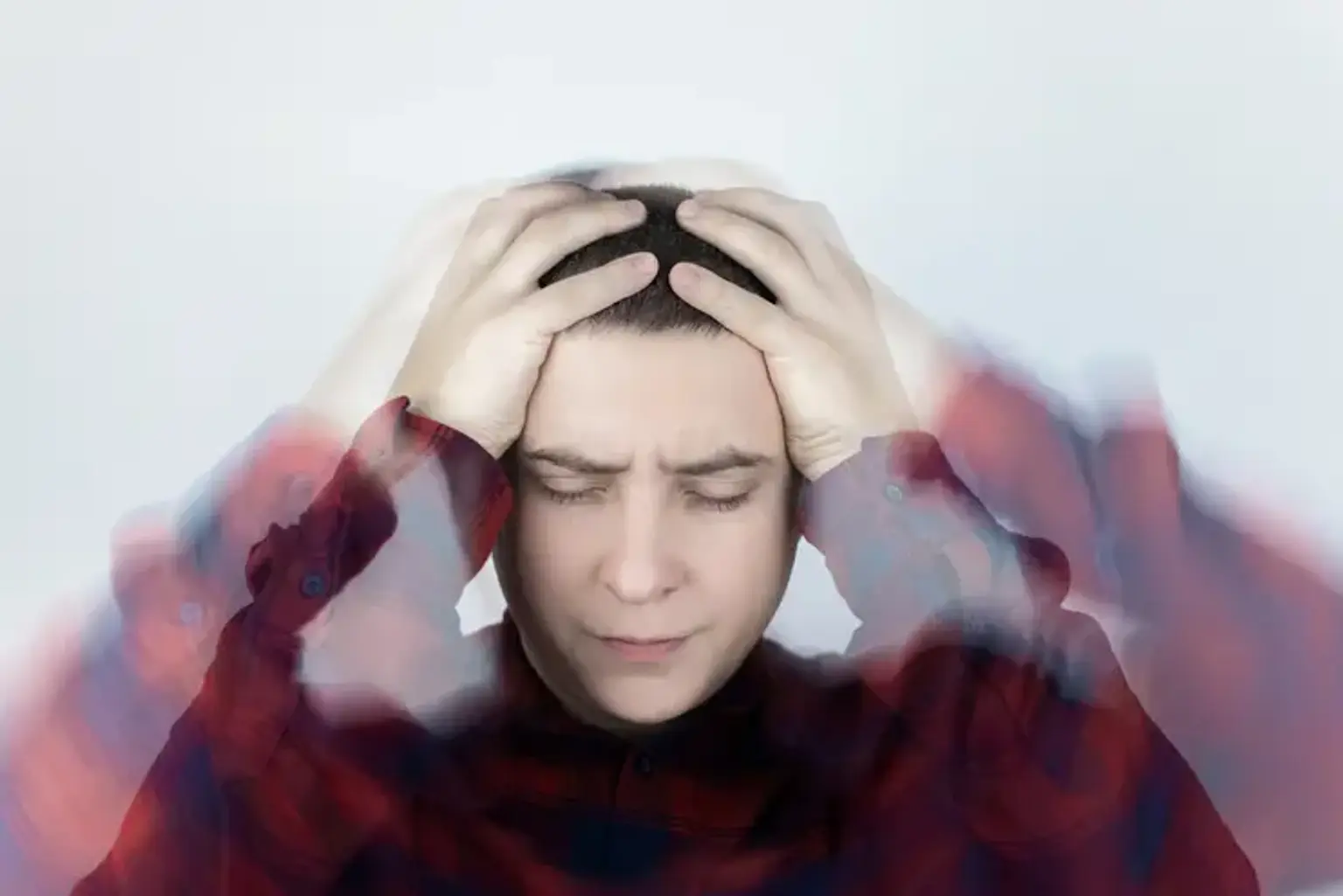Peripheral Vestibular Disorders
Dizziness is not an illness; it is a symptom. The term dizziness refers to the sensation of being woozy, inebriated, unstable, or giddy. It is a term that is used to broadly define the experience of unbalance. People frequently use the words vertigo, dizziness, lightheadedness, and motion sickness to describe balance issues. A condition known as vertigo is a particular type of dizziness marked by the sensation of spinning or whirling. This typically happens as a result of an imbalance issue. Vertigo is a term that can also be used to express unsteadiness, faintness, and dizziness. Vertigo and dizziness will be used interchangeably throughout this article. One of the most prevalent medical conditions among adults is vertigo. About 40% of Americans experience dizziness at least once in their lifetime, according to the National Institutes of Health (NIH). The prevalence rises with age and is a little higher in women. While the majority of people who feel dizziness have mild to moderate symptoms, 10% of patients are thought to have severe symptoms that result in disability. The vestibular system, which controls balance, may be affected by drugs and trauma which can cause vertigo. Age also increases a person's susceptibility to vestibular problems like vertigo.
What is Peripheral Vestibular Dysfunction?
Peripheral vestibular disorders involve disease of the vestibular part of the eighth cranial nerve as well as the inner ear vestibular structures. Such a disease reduces the sensory data that can be used to determine head movement and position. Neuritis, labyrinthitis, bilateral vestibular loss, Meniere's disease, BPPV, and vestibulopathy following surgical operations (such as labyrinthectomy and acoustic neuroma) are some of these conditions.
